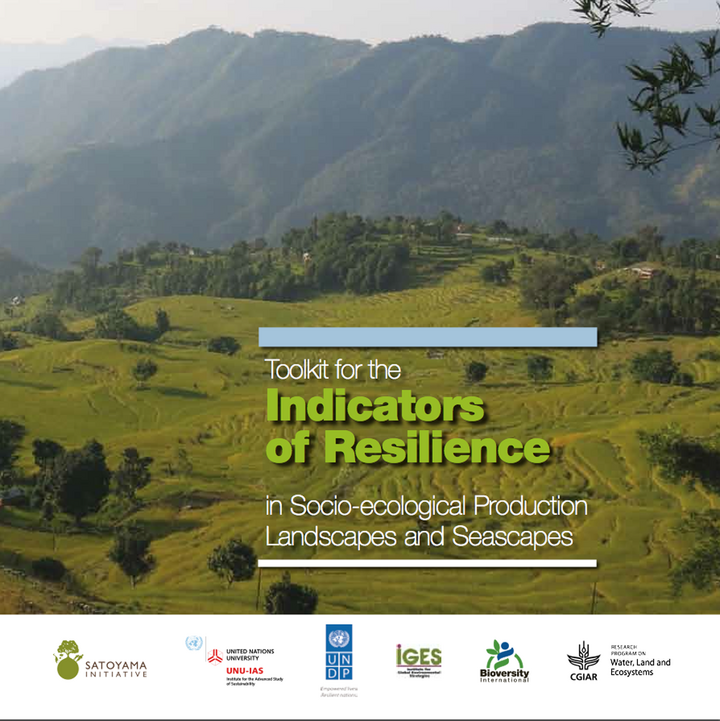A new toolkit to measure resilience is now available

Today at the IUCN World Parks Congress in Sydney, Australia, Bioversity International is launching a toolkit in partnership with the Satoyama Initiative. Find out more and download your free copy here.
How do we measure resilience? On some level, it is almost like asking someone to predict the future. How can we predict the way that a community will cope with an unidentified shock, whether it be an extreme weather event, natural disaster, political unrest or economic crises? What is different about communities that are able to bounce back after a shock, and continue to develop afterwards, innovatively?
Today at the IUCN World Parks Congress in Sydney, Australia, Bioversity International is launching a toolkit in partnership with the Satoyama Initiative: Toolkit for the Indicators of Resilience in Socio-ecological Production Landscapes and Seascapes. The toolkit aims to help researchers, development practitioners and most importantly communities, assess the landscapes they live in, understand better how resilient their system is, and work together to develop resilience-strengthening strategies.
The indicators start with the premise that humans and nature can interact in a way that is synergistic, maintaining or enhancing biodiversity while providing people with the goods and services needed for well-being. In fact, many such landscapes have traditionally existed and even have names such as dehesa in Spain and satoyama in Japan. It is when these synergies break down due to an array of possible factors that the resilience of a community also deteriorates.
The toolkit is divide into four chapters, first familiarizing the reader with the relevant concepts of resilience and socio-ecological production landscapes and seascapes. It then introduces the set of 20 qualitative and quantitative indicators designed to capture key aspects of a system – ecological, agricultural, cultural and socio-economic, based on observations of the communities themselves.
The toolkit also provides practical tips for organizers and facilitators of workshops to assess resilience, and gives further support through examples from the field featuring Namibia, Fiji, Turkey and Kenya.
The full toolkit is available for download here.
This story is part of the 2014 Annual Report
